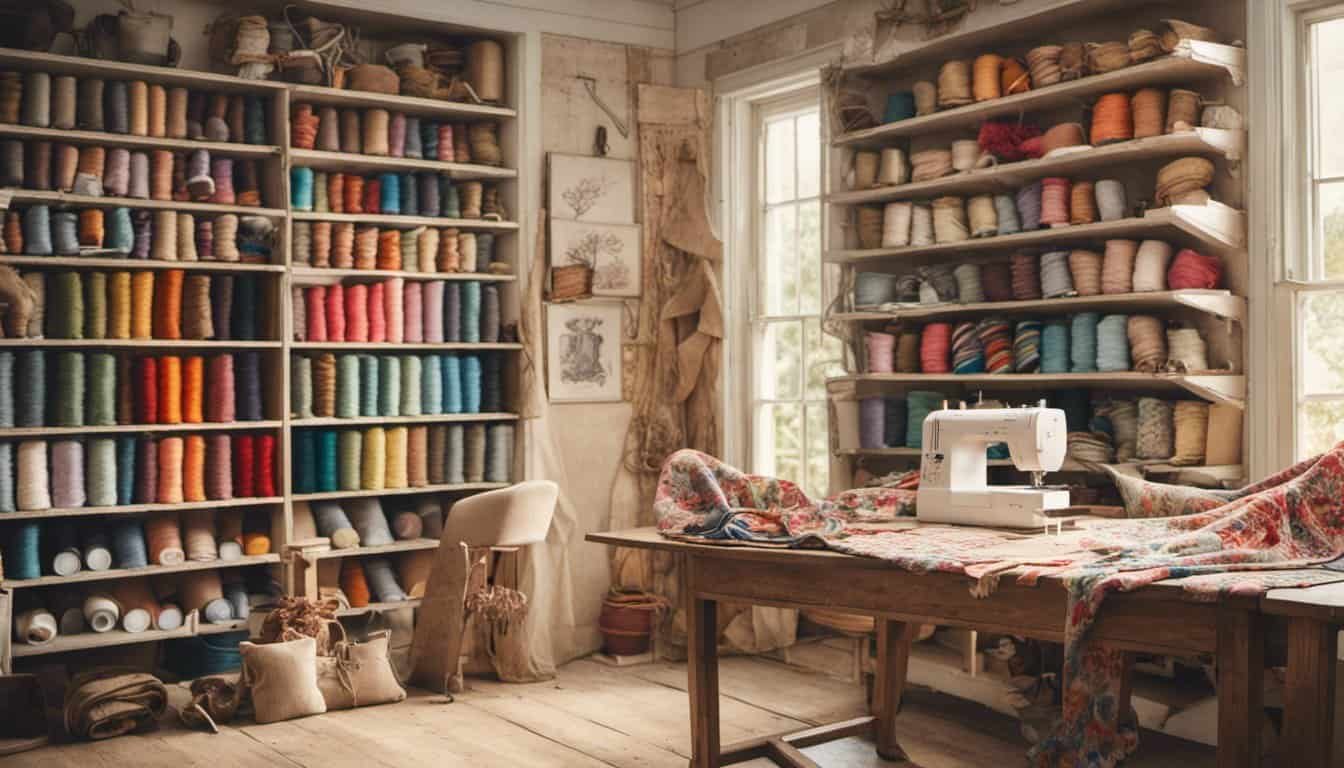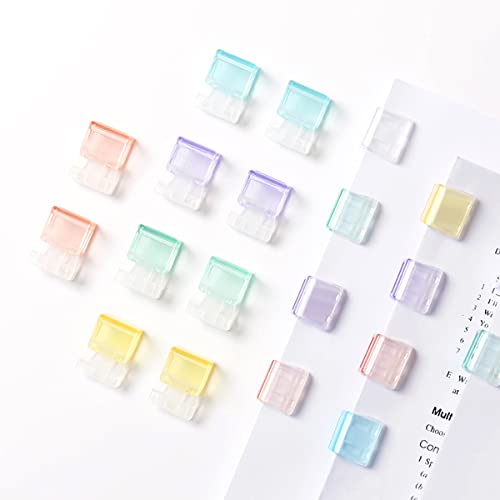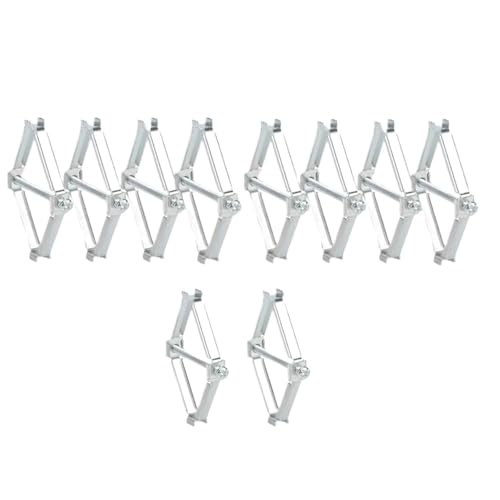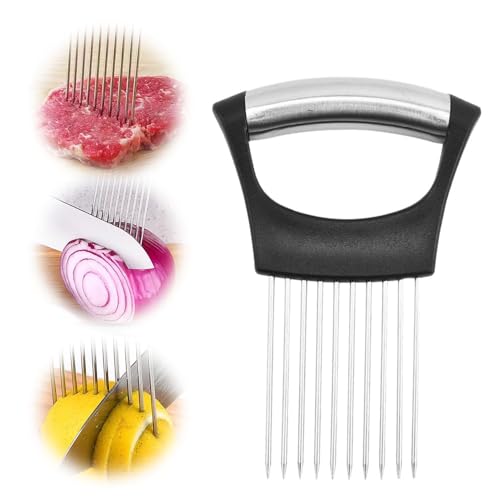Loose buttonholes can be a pesky annoyance, especially when you’re dressing up or preparing your favorite outfit. Instead of tossing your clothes aside, you can easily fix this common issue with a few simple reinforcement tips.
Imagine pulling on a shirt only to have the button slip right through the hole. Frustrating, right? With the right techniques, you can strengthen those weak spots and ensure your buttons stay securely in place. Whether you’re a sewing novice or a seasoned pro, these easy fixes will have your garments looking tidy and lasting longer.
Understanding Loose Buttonholes
Loose buttonholes occur when the fabric around the buttonhole stretches or frays, causing the button to slip through easily. This issue often arises from repeated use, improper sewing techniques, or fabric wear. Identifying the root cause helps you choose the right reinforcement method.
Common Causes of Loose Buttonholes
- Repeated Stress: Frequent buttoning and unbuttoning weaken the thread and fabric over time.
- Inadequate Stitching: Sparse or uneven stitches fail to secure the buttonhole properly.
- Fabric Quality: Lightweight or low-quality fabrics are more prone to stretching and fraying.
- Incorrect Button Size: Using buttons that are too large can increase strain on the buttonhole.
- Machine Issues: A malfunctioning sewing machine may create inconsistent stitches, reducing buttonhole durability.
Signs Your Buttonhole Needs Reinforcement
- Buttons Slip Through Easily: The primary indicator is when buttons no longer stay securely in place.
- Fraying Edges: Visible unraveling or fraying around the buttonhole edges.
- Stretched Fabric: Noticeable stretching or distortion of the fabric near the buttonhole.
- Broken Threads: Threads around the buttonhole appear broken or loose.
Importance of Reinforcing Buttonholes
Reinforcing loose buttonholes extends the life of your garments and maintains their appearance. Strong buttonholes prevent frustration from constantly replacing buttons and ensure your clothes remain functional and stylish.
When to Repair
Addressing loose buttonholes early prevents further damage. If you notice any signs of wear, reinforce the buttonhole promptly to avoid more extensive repairs later.
Tools You’ll Need
- Needle and Thread: Choose a strong thread matching your fabric color.
- Scissors: For trimming excess threads and fabric.
- Iron: To press the fabric and set the stitches.
- Seam Ripper: Useful for removing damaged stitches if needed.
Understanding these aspects of loose buttonholes equips you to effectively reinforce and maintain your garments, ensuring they stay in great condition for longer.
Tools and Materials Needed
- Needle: Select a sharp sewing needle appropriate for your fabric, such as a universal or buttonhole needle.
- Thread: Choose strong, matching thread color, preferably polyester or cotton, for durability.
- Scissors: Use sharp fabric scissors for precise cutting of threads and fabric.
- Iron: Utilize an iron to press the fabric, making it easier to sew and ensuring smooth seams.
- Seam Ripper: Keep a seam ripper handy to remove old stitches around the loose buttonhole.
Step-by-Step Reinforcement Guide
Follow these steps to reinforce your loose buttonholes effectively.
Inspecting the Buttonhole
Examine the buttonhole closely to identify damage. Look for frayed edges, stretched fabric, or broken threads. Determine the extent of wear to choose the appropriate reinforcement method. If the fabric shows significant stretching, reinforcing becomes essential to prevent further damage.
Choosing the Reinforcement Method
Select a reinforcement technique based on the buttonhole’s condition and your fabric type. Common methods include:
- Sewing an Overlock Stitch: Ideal for durable fabrics, provides a strong finish.
- Applying a Buttonhole Tape: Suitable for delicate materials, adds stability without bulk.
- Using Bias Binding: Great for reinforcing edges, ensures smoothness and strength.
- Adding a Bar Tack: Perfect for extra reinforcement at the buttonhole ends, prevents tearing.
Choose a method that matches your sewing skill level and the garment’s requirements to ensure a lasting repair.
Sewing Techniques for Durability
Choose the right sewing technique based on your fabric and buttonhole condition to ensure long-lasting reinforcement.
Overlock Stitch
Use an overlock stitch when working with durable fabrics like denim or canvas. This stitch prevents fraying and secures the buttonhole edges firmly.
Buttonhole Tape
Apply buttonhole tape for delicate materials such as silk or lace. Tape reinforces the buttonhole without adding bulk, maintaining the garment’s elegance.
Bias Binding
Utilize bias binding to reinforce stretched or constantly used buttonholes. Binding wraps the edge, distributing stress evenly and enhancing durability.

Bar Tack
Add a bar tack at both ends of the buttonhole for extra strength. This technique is ideal for areas subject to frequent buttoning, providing additional reinforcement.
Reinforcement with Double Stitching
Incorporate double stitching along the buttonhole edges if the fabric is prone to stretching. This method increases the stitch density, reducing the likelihood of loosening over time.
Seam Rip and Re-stitch
Perform a seam rip followed by re-stitching if existing threads are broken or worn. This ensures a clean and secure finish, extending the buttonhole’s lifespan.
| Technique | Best For | Benefits |
|---|---|---|
| Overlock Stitch | Denim, Canvas | Prevents fraying, secures edges |
| Buttonhole Tape | Silk, Lace | Reinforces without bulk |
| Bias Binding | Stretched Areas | Distributes stress evenly |
| Bar Tack | Frequent Use Areas | Adds extra strength |
| Double Stitching | Stretch-Prone Fabric | Increases stitch density |
| Seam Rip & Re-stitch | Worn Threads | Ensures a clean, secure finish |
Select the technique that matches your sewing skill level and the garment’s requirements to maintain robust and tidy buttonholes.
Preventing Future Loose Buttonholes
To keep your buttonholes secure, implement these reinforcement strategies:
- Use Strong Thread
« How to Make a Handmade Holiday Wardrobe: 7 Easy Steps to Festive Fashion
10 DIY Fashion Hacks Inspired by Runways to Transform Your Everyday Style »
Choose high-quality polyester or cotton-wrapped polyester thread. These materials withstand repeated buttoning and stretching better than weaker threads.
- Select the Right Needle
Opt for a sharp needle appropriate for your fabric. For heavy fabrics, use a size 90/14 or larger. For delicate materials, a size 70/10 works best to prevent skipped stitches and weak seams.
- Employ Proper Stitching Techniques
Sew evenly spaced stitches with consistent tension. Double stitch the beginning and end of each buttonhole to enhance durability against stress.
- Choose Appropriate Button Sizes
Match button sizes to buttonholes accurately. Oversized buttons can strain and enlarge buttonholes, while undersized buttons may not secure properly.
- Reinforce Regularly
Periodically inspect buttonholes for signs of wear, such as fraying or stretched fabric. Reinforce any weak areas immediately to prevent further damage.

- Avoid Overloading Fabric
Distribute stress evenly by not overloading pockets or managing garment layers effectively. Reducing strain helps prevent buttonholes from stretching or fraying.
By applying these techniques, you’ll maintain robust and tidy buttonholes, ensuring your garments remain functional and visually appealing for longer.
Conclusion
Reinforcing your buttonholes can extend the life of your favorite garments. You don’t need to be a pro to tackle this fix. With the right tools and a bit of practice you can keep your clothes looking great.
Taking these steps helps maintain both style and functionality. Plus you’ll save money by avoiding frequent repairs. Keep these tips handy and enjoy your well-maintained wardrobe.


















